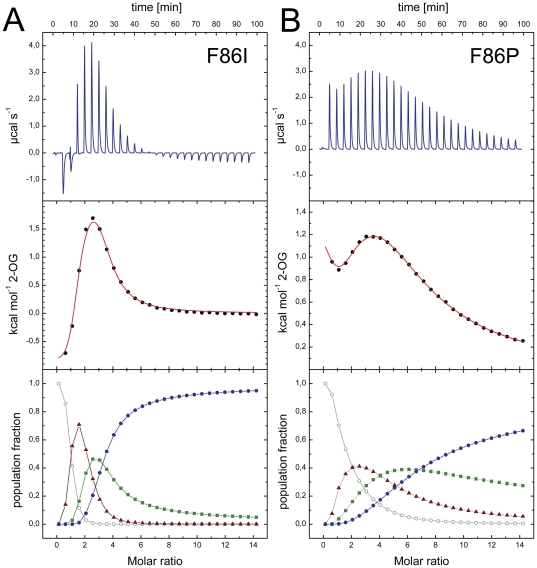Figure 7. ITC analysis of 2-OG binding to the Af-GlnK3 variants F86I and F86P at 30°C.
A) With respect to the wild type, the F86I variant shows reduced anticooperativity. The population microstate analysis (bottom panel) reveals that initially the singly-occupied species (▴) is populated, but that the negative cooperativity then is weaker so that the state with two bound ligands (▪) does accumulate before it yields to the fully occupied state (•) around a molar ratio of protein vs. ligand of 3. B) This effect is further enhanced in the F86P variant, where cooperativity is hardly seen in the microstate analysis and the binding sites are occupied sequentially. However, unlike in Af-GlnK2 that natively has P86, 2-OG is still bound.

